A Dyfi Valley wild living instructor “never wants to eat normal food again” after embarking on a mission to eat only hand-foraged food for one month.
Kara Moses is one of 120 participants committed to eating exclusively wild foods in April as part of a UK-wide study on the impact of wild food on health.
Her diet has since included fish, deer, rabbit, foraged mushrooms, fresh greens, seaweeds, and nuts.
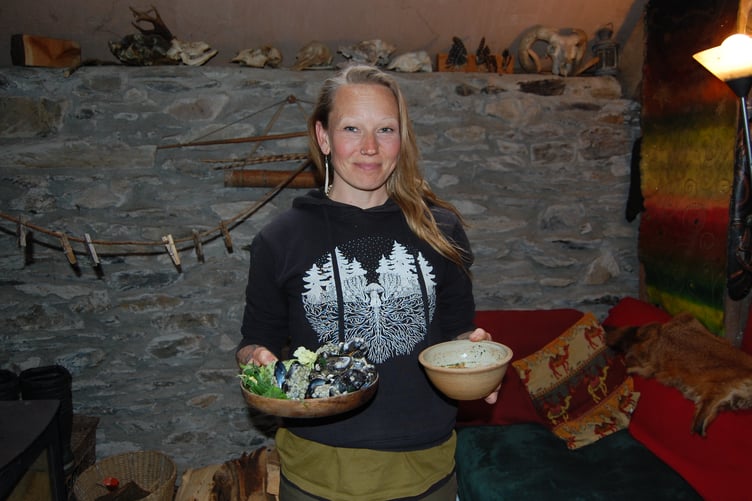
Two weeks into her challenge, the regenerative forester says she doesn’t want to go back: “I feel energised, my energy is consistent rather than huge highs and lows.
“I feel clearer in my mind - I have ADHD, which carbohydrates aren’t good for.
“Now it feels like my body has what it needs.
“Genuinely, the only thing I miss is a milky cup of tea.
“I never want to eat carbs or normal food again.
“I will, because I can’t live like this forever - unless you’re living in a tribe of people doing it together collectively, it’s not sustainable.”
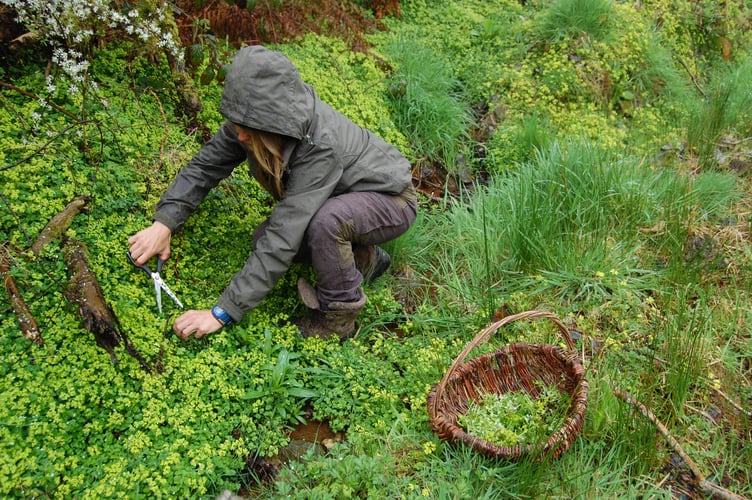
Tracking her blood sugar levels, the graph shows large daily spikes in March, becoming instantly smaller when the challenge began.
She described the first two days as “a struggle”, feeling “weak and awful” - going through caffeine withdrawal whilst adapting to a low-carbohydrate and sugar diet.
Adjusting her calorie intake, she began eating a large venison steak each breakfast to fuel her chainsaw work: ”I was just on full power all day, it was incredible”.
Another big challenge is having to forage and cook three balanced meals a day around full-time work: “There’s no such thing as quick, easy food.”
Kara, 41, who lives off grid, says she’s lucky to access an abundance of food, easily collecting 30 species on her morning walk, was able to butcher two wild deer before the challenge began.
Wildbiome Project 2 looks at the impact of the diet on the microbiome, blood sugar, liver, kidneys, hormones, vitamins and mineral levels.
Having grown up vegetarian, Kara began eating meat when she learned to hunt: “I didn’t use to care about food - it was something I did to get rid of hunger.
“Since eating wild food, food has also become about connection for me - I have a direct relationship with the plants and animals I’m harvesting.
“If I go and buy something in a shop, there’s no connection, no story.”
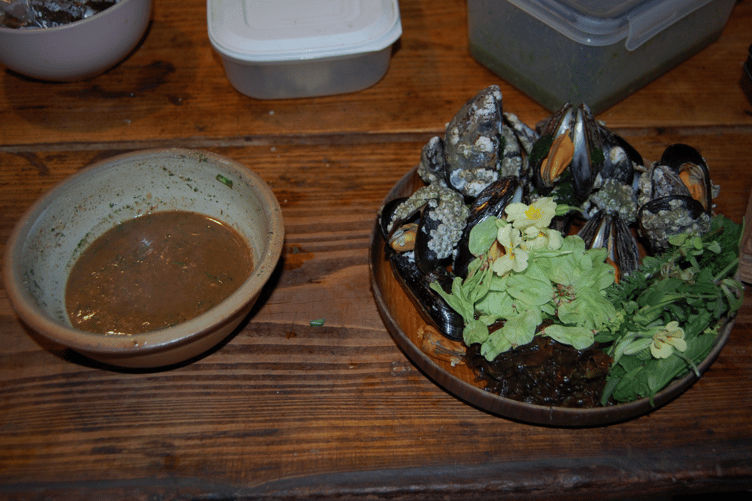
When asked her advice for others who want to start foraging, she said: “I think it’s a fundamental right that everybody should have access to wild food.
“It’s a real justice issue that most don’t have this.
“An easy way to start is looking for something familiar and abundant that doesn’t have poisonous look-alikes like nettles, which are a real superfood.
“But it’s not a free resource to take from - you need to get to know the plants and area - who else is harvesting from that spot?
“Foraging is an invitation to get to know the place and species so you can forage generatively.”
Find out about Kara’s foraging courses via her website - https://rewildeverything.wordpress.com/
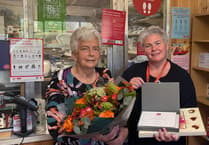
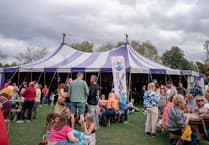

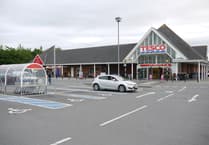
Comments
This article has no comments yet. Be the first to leave a comment.